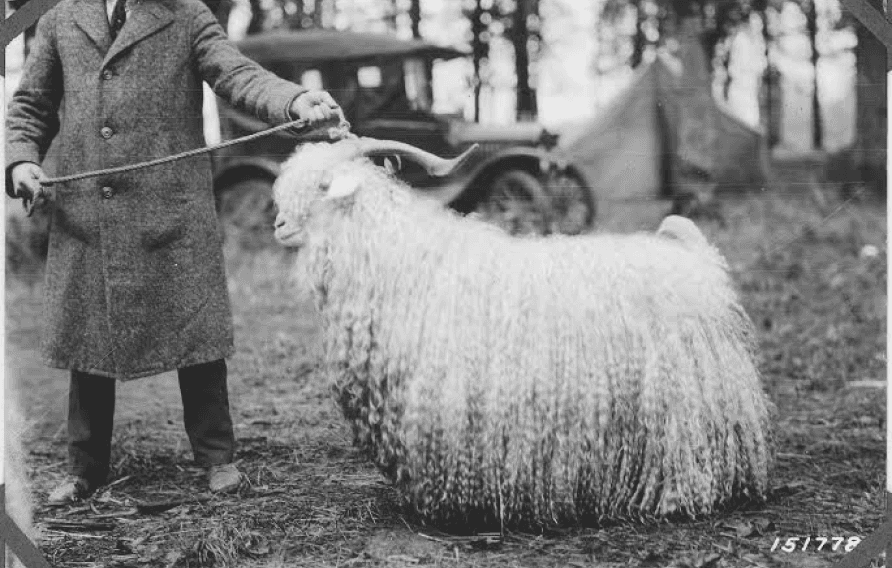Iron forging
I
Gong currency, hand forged iron. Yoruba people, Nigeria. Early to mid 20th century.
Zena Kruzick Gallery
III
Tamatas, Peloponnesian Folklore Foundation "B. Papantoniou" Items from the PLI collections
I
Lost Crafts
1.
Visual Studies 01
Basketmaking
I
Front Netted bag made of brown bark fibre cord.
British Museum
II
Tayanebe basket, Tasmania
III
Woman with baskets, France
IV
Straw bag, Vichada Region, Eastern Colombia.
The Colombian Institute of Anthropology and History
I
II
IV
Natural textile dyeing
I
Veil, dyed with black, grey and henna, Morocco
II
Indigo plantation, India
I
Weaving techniques
I
Bauhaus Archive, Gift of Jack Lenor Larsen Incorporated, Margarette Willers, 1985,
Met Museum
II
Pattern found in Weaving Pattern Manuscript attributed to John Landes, 1800
III
Handwoven Coverlet, Fred Hassebrock, 1940

















